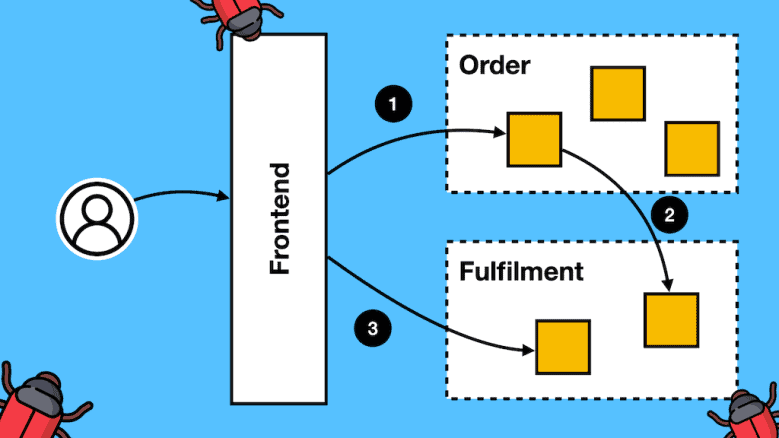Building Evolua, an AI-powered code reviewer, taught us a lot about balancing cost, performance, and developer experience.
While selecting the right LLM and crafting prompts is important, the real challenge lies in handling large PRs, mitigating model limitations, and ensuring a smooth user experience.
In this post, we break down our architecture, why we chose Bedrock, and key lessons learned – like why the LLM is actually the easy part. If you’re using AI to write code, Evolua can help catch bad code before it reaches production.









